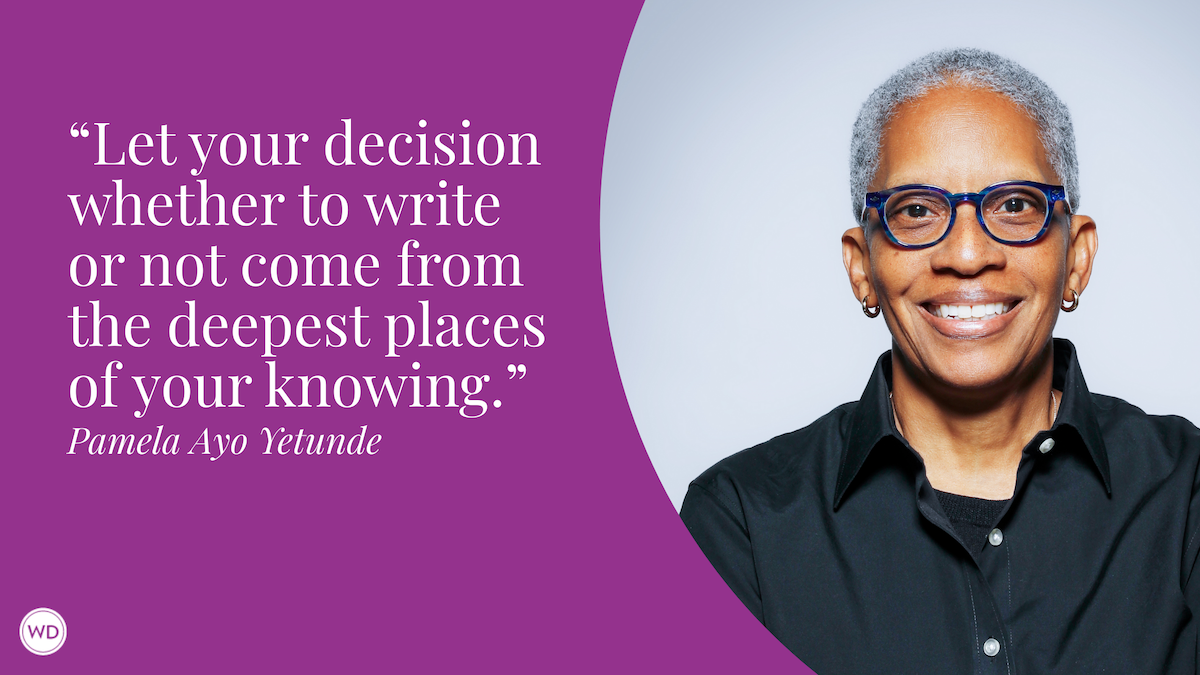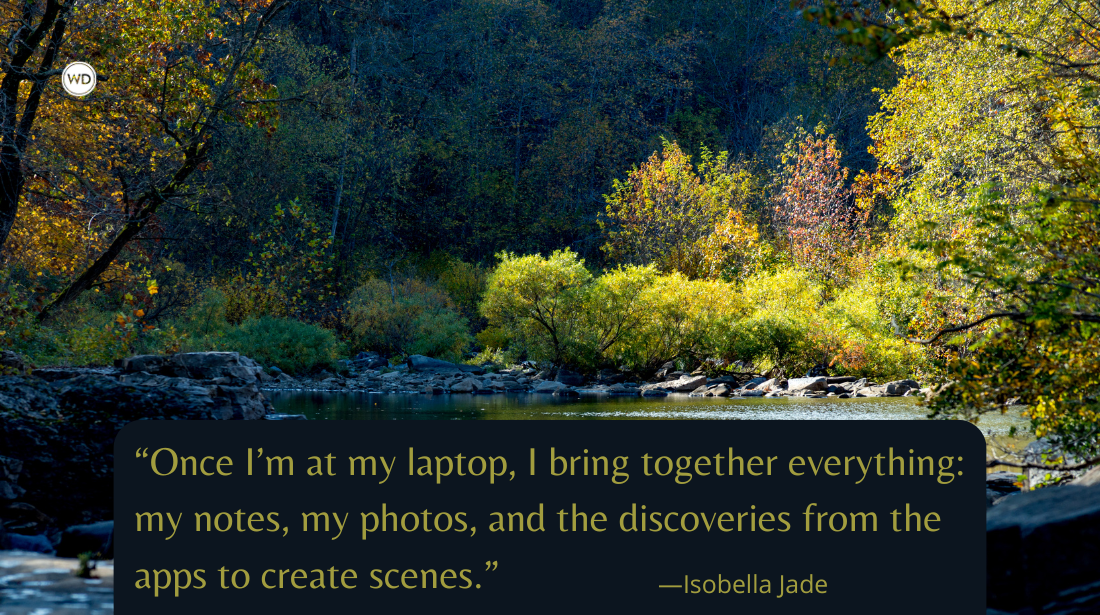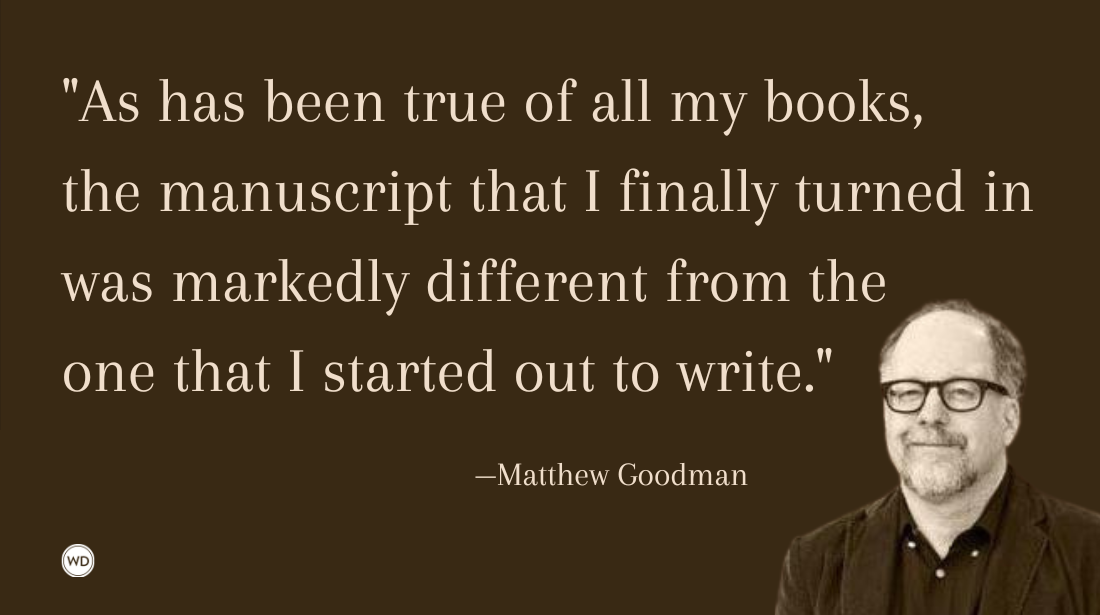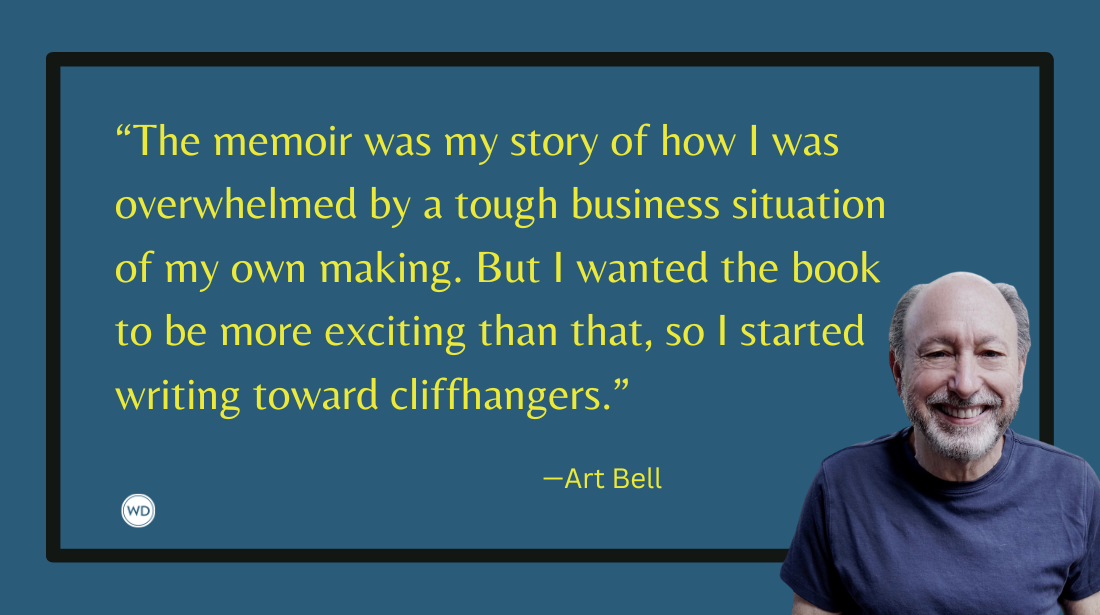Travel on the Page – How to Write About a Country You’ve Never Visited
Amanda Sun, author of the Paper Gods young adult series (INK), shares writing advice and tips on how to write about a place or country you’ve never visited.
I love reading novels set in other countries. We’re no strangers to the fact that books are adventures waiting for us to live them, but for me, novels about day-to-day lives, mythologies, and customs I’m not familiar with are at the top of my list. I was lucky enough to live in and visit Japan while writing INK. I researched extensively, taking away photos, videos, and memories of the areas I was writing about.
But when have characters ever listened to their writers? They have their own ideas, which left me writing about places I’d never been. Are you writing a novel set in a country you’ve never been to? Here’s a quick guide to the best ways to research if you can’t get on a plane.
Order a copy of Amanda Sun's Ink today.
1. Virtual Tour
Google Maps is your friend. Plot believable routes for your characters to take, find out how long their walk to school or work is, and observe local monuments and landmarks. Don’t forget to take a tour down the smaller streets to see what typical neighborhoods look like.
YouTube is another great place to start. You’d be surprised how many videos you can find of people walking around local shrines, temples, or markets. While writing SHADOW, I referred to an hour-long video of the train ride from Narita Airport to Tokyo Station to remind myself what it’s like. I even found myself swaying in time to the train as I watched. Talk about muscle memory.
Writing a book set in Korea? Look up blogs of foreigners teaching English there, and see what has struck them about the country. It’s these little intricacies that can make your story believable.
Which leads up to point 2…
2. The Little Things
It’s the little details you give your readers that really make the setting come to life. How do they get ready for school? What sounds do they hear on the train? What do they reach for when they’re thirsty?
If writing about Taiwan, for example, mention the sounds of the scooters on the streets, or the garbage trucks that play music as they approach for collection. It’s these little details that paint the scene for the reader, and will make them trust your description of the city.
Don’t hit the reader over the head with the foreign setting, though. Let the subtle details do the work for you. The buzz of Japanese vending machines will set the scene more effectively than the Tokyo Tower.
Not sure what the tiny details are? Time for point 3…
3. Immersion
Read books set in the country—nonfiction and fiction. Listen to local music, read the local online newspapers, watch TV shows from the country if you can. Don’t watch the plot of the show—look for the little details in the background. What does the school bell sound like? What are they eating for lunch?
Check out the local language online and learn how it works. For example, Japanese people have several levels of polite speech for the complicated interactions with different people in their lives. Even the structure of a language is a hint about how people in that country act and what they value.
4. Reality Check
Don’t forget that most resources you look at will be exaggerated. K-Dramas are a great peek into Korean life, but they’re no different than North American dramas—they’re exaggerated for plot and excitement. Read between the lines, and take away the details, not the theatrics.
Avoid stereotypes and remember that each person in a country is an individual, and they all have different experiences, interests, and values.
Do your best, be respectful, and most importantly, don’t give up! Remember that you WILL get some details wrong, but trying is far more important than living within the confines of what we think we know. And you may find that characters living in other parts of the world aren’t that different after all.
Amanda Sun was born in Deep River, a small town where she could escape into the surrounding forest to read. An archaeologist by training, she speaks several languages and will write your name in Egyptian Hieroglyphics if you ask. Her debut novel, INK, is the first in the Paper Gods series and is inspired by her time in Japan, with a paranormal twist. She loves knitting, gaming, and cosplay, and lives in Toronto with her family. Find her on Twitter @Amanda_Sun or at AmandaSunBooks.com.








